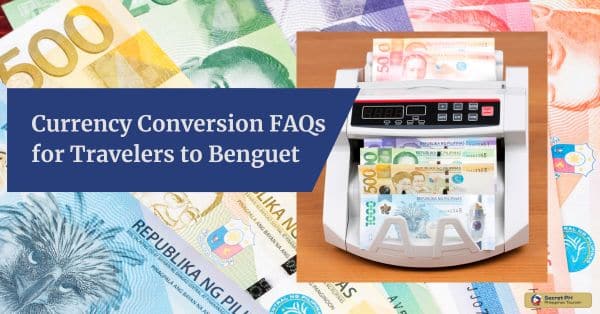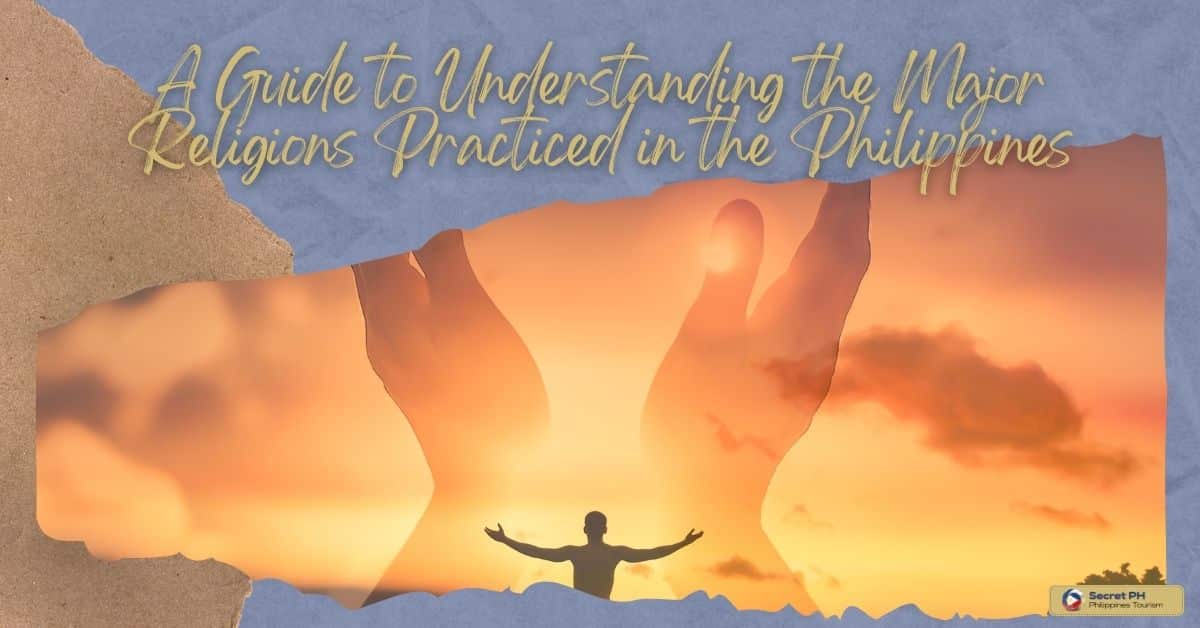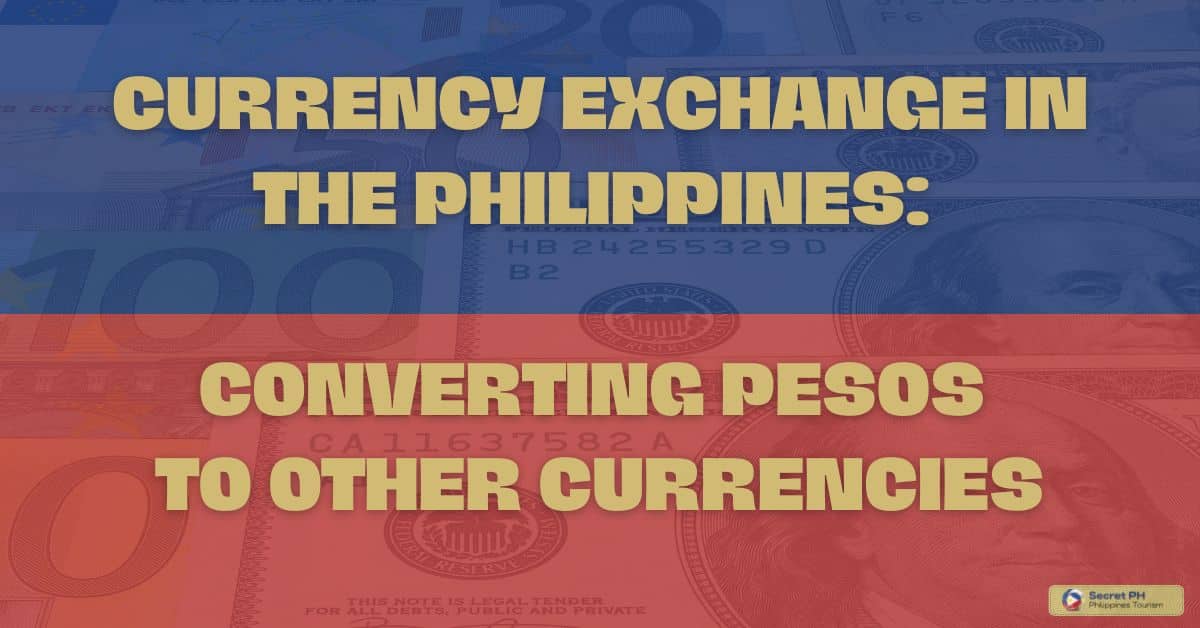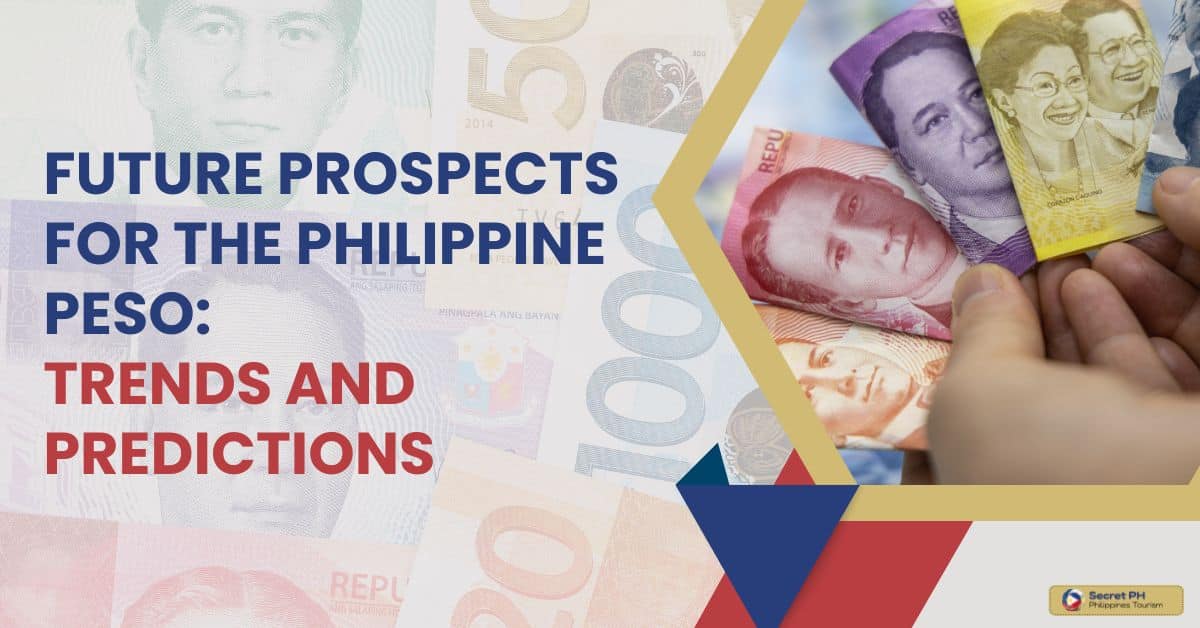The Philippine peso is the official currency of the Philippines and plays a significant role in the country’s economy. Understanding the different denominations and features of the peso is essential for daily transactions, and knowledge of its security features is critical in preventing counterfeiting.
In this article, we will explore the evolution, and significance of the Philippine peso. We will also delve into the various denominations and features of the currency, as well as its future prospects in an ever-changing economic landscape. Whether you’re a Filipino citizen or a visitor to the country, learning about the Philippine peso is crucial in navigating the local economy.

Philippine Peso Denominations
The Philippine Peso (PHP) first became the official currency of the Philippines in 1852. Since then, it has evolved to include several denominations of both coins and paper money. Coins available range from 1 to 50 centavos, while paper money may come in denominations of 20, 50, 100, 200, 500 , 1,000 and 2,000 Pesos.
Some notes may come with commemorative designs used on special occasions such as anniversaries celebrating the independence of the Philippines. Currently further security features are being introduced including holograms which have been adopted by many nations to help prevent counterfeiting or replication of their currency. Nevertheless no matter what form they might take; PHP remains an important aspect in Philippine daily life and commerce.

Philippine Peso Features
The Philippine Peso is the official currency of the Republic of the Philippines. It is popularly known and commonly denoted with the symbol “PHP”. The Peso has been used in day-to-day transactions within the country. The Philippine Peso has come to feature many beneficial characteristics. This includes exchange rates, widespread acceptance, wide variety of denominations and coins. Also, strong intrinsic value for both domestic and international transactions. It’s no wonder why Philippine people are able to make strong financial decisions for their future.

Security features of the Philippine peso
With inflation growing in the Philippines, it’s important to ensure that the National currency is secure from counterfeiting. Fortunately, the Bangko Sentral ng Pilipinas (Central Bank of Philippines) has taken multiple steps to protect its currency. Security features such as sophisticated engravings and color-shifting images are used on banknotes and coins. All of these features ensure that our money is always properly secured.
| Security Feature | Description |
|---|---|
| Embossed print | The portrait of notable Filipinos and the corresponding denominations are raised and can be felt by touch. |
| Watermark | The image of the featured personality in the banknote can be seen when held against the light. |
| Security Thread | A metallic thread embedded in the banknote that can be seen when held against the light. It also bears the denomination and “BSP” printed on it. |
| Optically Variable Ink | The ink used in the denomination number changes color depending on the viewing angle. |
| Fluorescent Printing | Certain parts of the banknote glow under ultraviolet light, indicating authenticity. |
| Microprinting | Fine print lines that are too small to read without a magnifying glass are visible. |
| Intaglio Printing | Raised ink that can be felt when the banknote is touched. |
| Serial Numbers | Each banknote has a unique serial number that can be used to track it. |
| See-Through Register | When held against the light, the front and back of the banknote align and form a complete design. |
Anti-counterfeiting measures
To combat counterfeiting measures, the Philippine Peso features several distinct elements embedded. Its paper money utilizes a range of specialized features to foil any phony replication. Meanwhile, the country’s coins make use of specific textures on both sides, distinct shape borders as well as a special mintmark exclusive to the Central Bank. Each measure can be pointed out with the naked eye or through an automated system process, hence providing an extra layer of protection against counterfeit goods entering into circulation.

Importance of checking for these features
The Philippine Peso is a form of currency used in the country of the Philippines, and there are certain features that are necessary. Checking for these features has become even more important due to the popularity of online. Being familiarized with these features can help enfranchise and protect anyone who deals with the Philippine Peso.

- Prevents Counterfeit Bills: Checking for the security features of Philippine Peso can help prevent counterfeit bills from circulating. By being familiar with the different security features, people can quickly identify fake bills and prevent them from entering the market.
- Ensures Safe Transactions: Verifying the authenticity of Philippine Peso bills can help ensure that transactions are safe and secure. By checking for the security features, individuals can avoid accepting fake bills and prevent any potential losses.
- Protects the Economy: Counterfeit bills can negatively impact the economy, as they can reduce consumer confidence and increase the cost of doing business. By checking for the security features, individuals can help protect the Philippine economy from the negative effects of counterfeit money.
- Upholds the Law: The production and circulation of counterfeit bills is illegal in the Philippines. By checking for the security features of Philippine Peso, individuals can help uphold the law and prevent criminal activity.
- Promotes Financial Literacy: Understanding the security features of Philippine Peso bills can promote financial literacy and educate individuals about the importance of responsible money management. By knowing what to look for in a genuine banknote, people can become more financially savvy and avoid financial scams.
The Evolution of the Philippine Peso
Since it’s introduction in 1852, the Philippine peso has gone through many changes over the years. Through multiple reforms, coups and unstable governments, the currency has adapted accordingly. The 1940s saw the first major reform of the Philippine Peso where we saw a decimalization process that tied its worth to the US dollar with a fixed exchange rate of P2 to $1 USD.
This was followed soon after by an increase in value, with the adoption of a “new method of computing and accounting” resulting in rapid industrial development, technological progress and economic rise. Over the course of nearly two centuries, improvements have been implemented to ensure equivalence and stability.
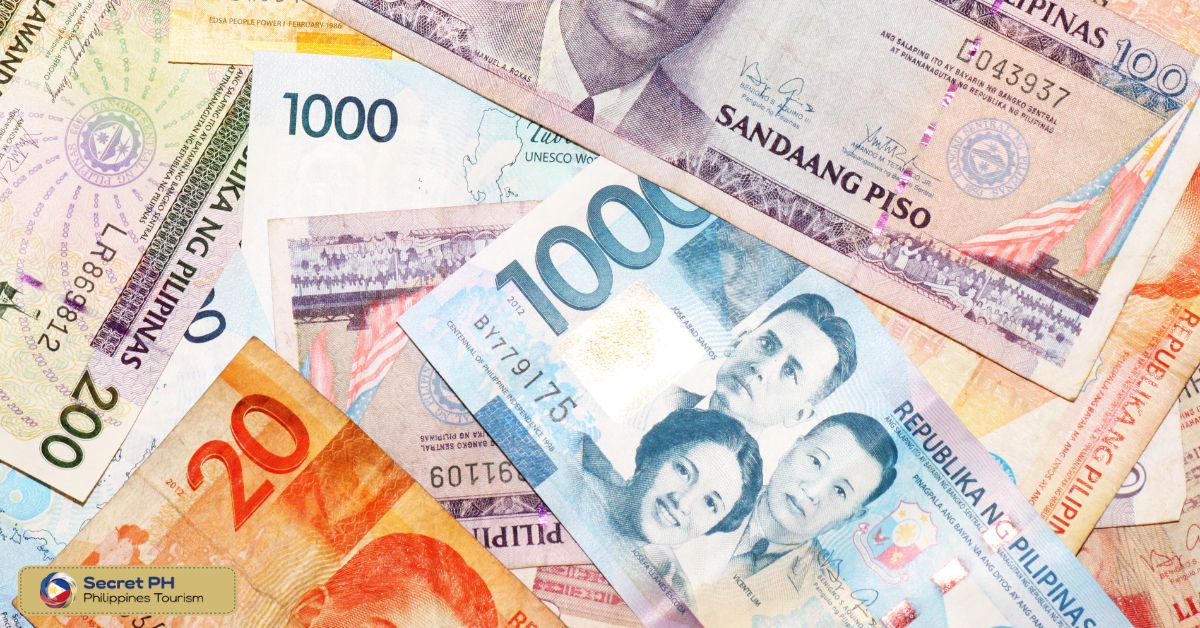
Changes in the design and features of the Philippine peso
The Philippine peso, a currency shaped by the country’s long and storied history, has seen many changes in design and features over the centuries. In modern times, these changes have been more frequent, with periodic releases of new coins incorporating different designs and shapes. With all of these updates and modifications designed to keep up with an ever-changing world.
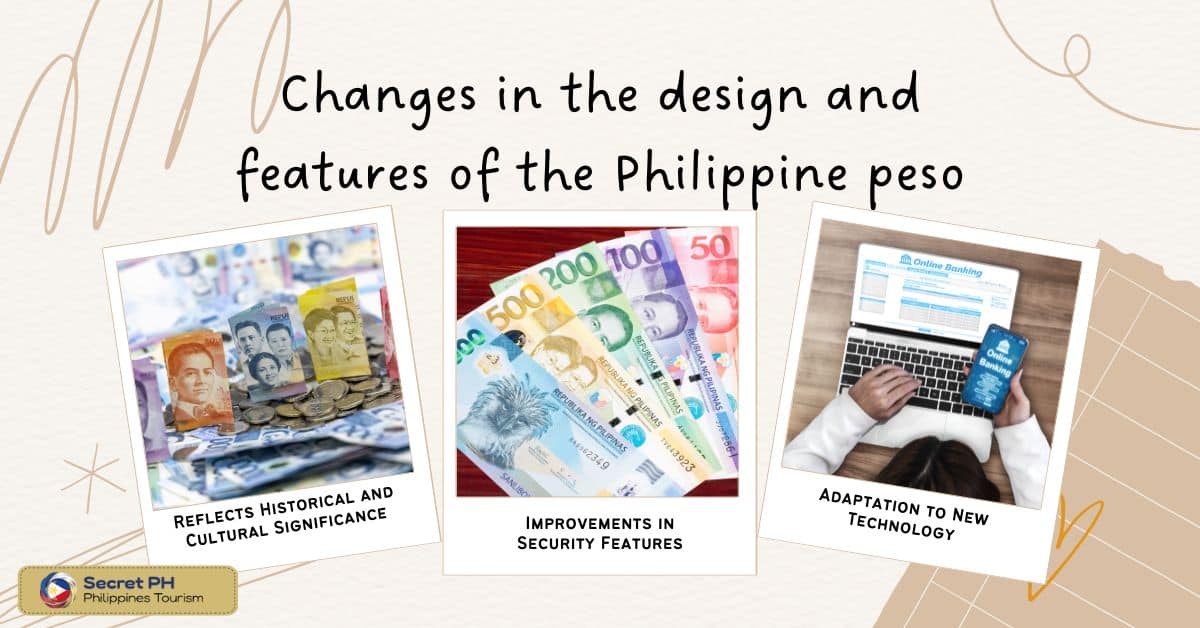
- Reflects Historical and Cultural Significance: The changes in the design and features of the Philippine peso over time reflect the country’s historical and cultural significance. The use of different portraits and images on banknotes reflects the notable figures and events that have shaped the Philippines.
- Improvements in Security Features: The evolution of Philippine peso banknotes over time includes improvements in security features, such as the inclusion of metallic security threads and watermarks. These enhancements make it more difficult for counterfeiters to produce fake bills, and help to protect the economy.
- Adaptation to New Technology: The addition of the Optically Variable Ink feature in 2010 was a significant change in the design of Philippine peso banknotes, reflecting the adaptation of new technology to improve security features.
The Future of the Philippine Peso
The Philippine peso is a crucial part of the Filipino economy, which has fluctuated over the years in terms of value. Recent economic reforms have raised the possibility of an updated design and features for the Philippine peso. These new features could potentially help make trading and transferring currency more secure and reliable, thereby eliminating some of the concerns regarding counterfeit bills that have been reported in recent years.
These updates could also provide consumers with a greater variety of denominations for trading goods or services, making transactions simpler for everyone involved. Ultimately, it remains to be seen what changes will come about for the Philippine peso, but potential developments should certainly be taken seriously given their potential impacts on finances across the country.
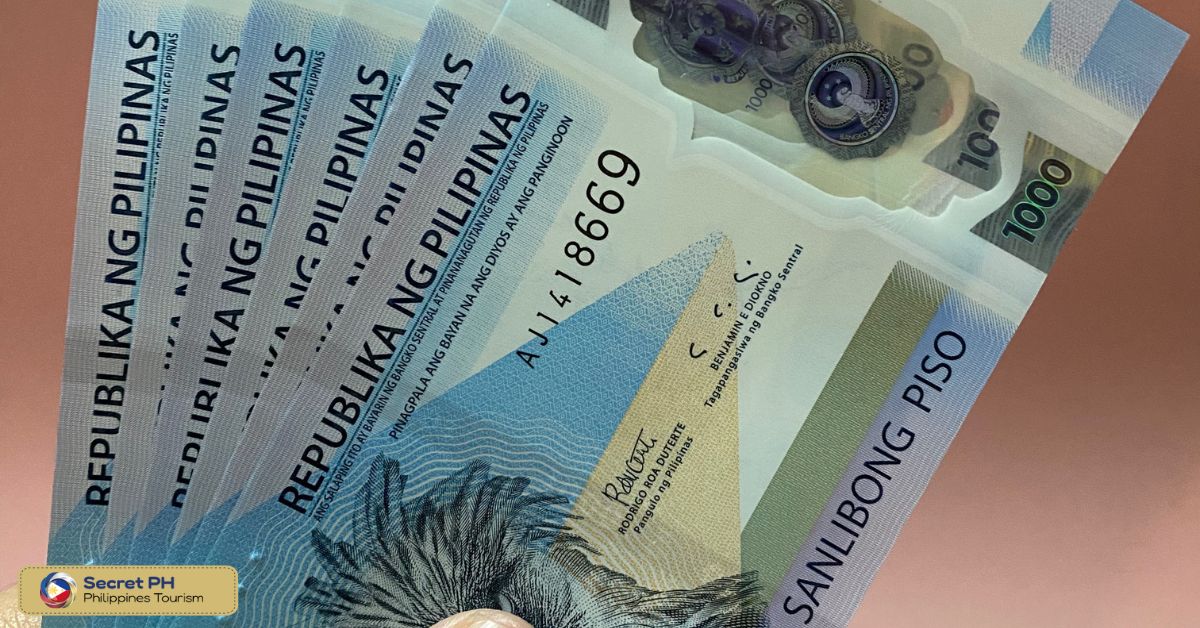
Factors that may affect the value of the Philippine peso
The Philippine peso is the official currency of the Philippines and plays a crucial role in the country’s economy. Its value is influenced by several factors that can impact the economy and investor confidence. Understanding the factors that affect the value of the Philippine peso is important for investors, businesses, and individuals who deal with the currency. Here are some of the factors that may affect the value of the Philippine peso:

- Economic Performance: The economic performance of the Philippines plays a significant role in determining the value of the Philippine peso. Factors such as inflation rates, Gross Domestic Product (GDP), and the balance of trade can impact the value of the currency.
- Political Stability: Political stability is another factor that can affect the value of the Philippine peso. Any political instability or uncertainty can lead to a decrease in investor confidence, resulting in a weaker peso.
- Global Economic Conditions: The global economic environment can also impact the value of the Philippine peso. Changes in interest rates, the value of the US dollar, and global market conditions can all impact the value of the currency.
- Fiscal and Monetary Policies: The fiscal and monetary policies of the Philippine government and the Central Bank of the Philippines (BSP) can also impact the value of the peso. Changes in interest rates, money supply, and foreign exchange reserves can all impact the value of the currency.
- Natural Disasters and External Shocks: Natural disasters, such as typhoons and earthquakes, can have a significant impact on the Philippine economy. External shocks such as changes in global oil prices or other commodity prices can also impact the currency.
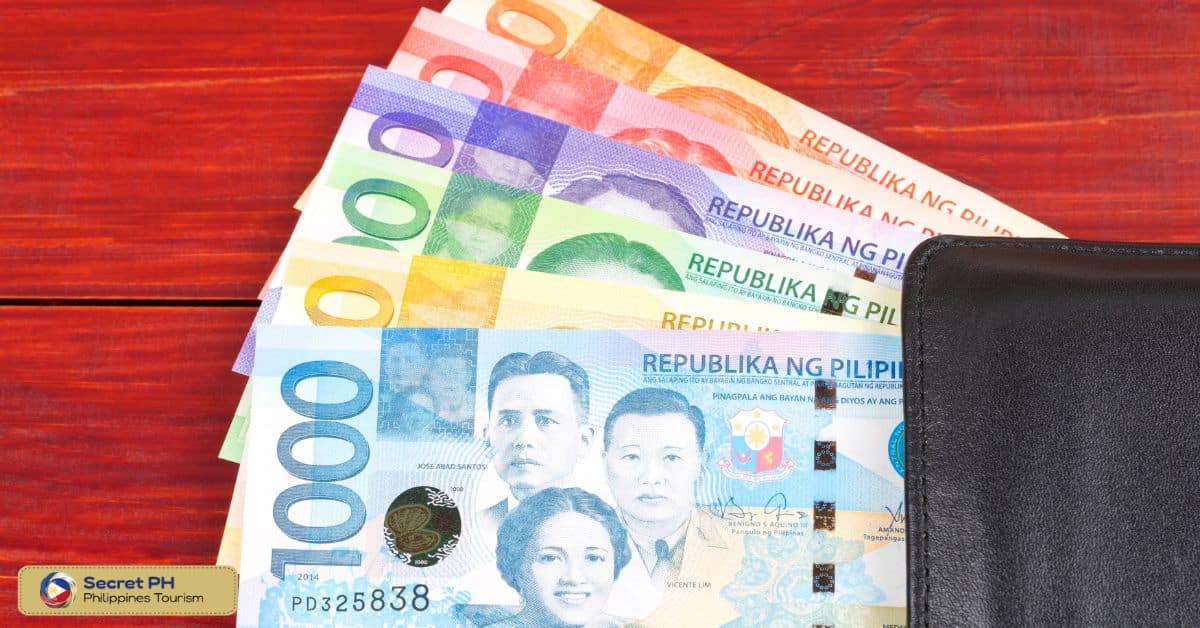
In Conclusion
The Philippine Peso is one of the most distinctive currencies in the world. Its distinct denominations to its intricate designs based on regional flora and fauna. The country’s official currency embodies a long history and culture. Understanding the features of the Philippines Peso can seem like an overwhelming task. But this article has successfully broken it down.
It has highlighted common features such as embossing, security thread, and positioning, as well as its various denominations that are notable for their unusual sizes and shapes. Readers can gain a more comprehensive understanding of the Philippine Peso and appreciate it as a unique part.

